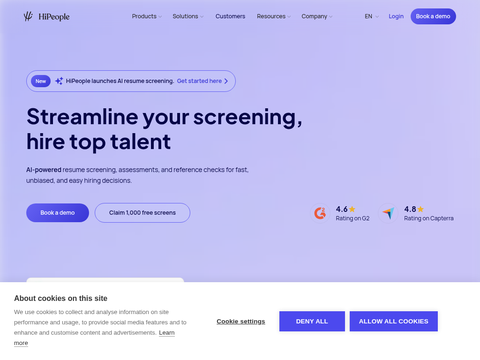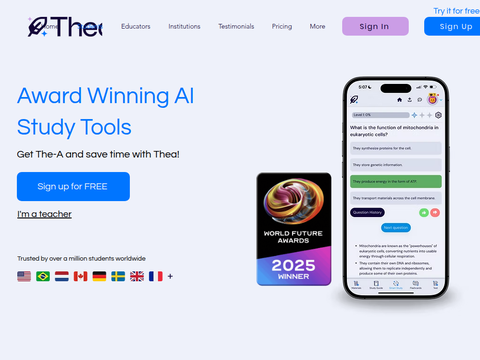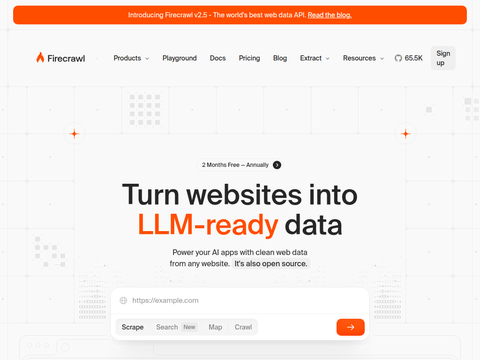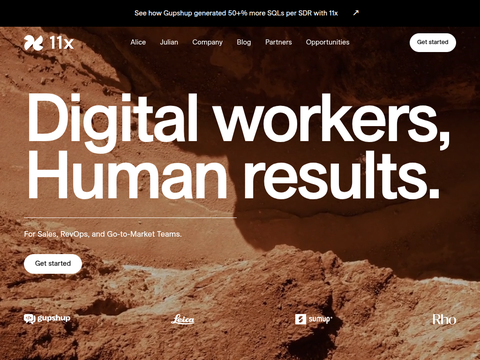To effectively manage data, modern AI model training focuses not only on designing superior architectures but also on data management. Contemporary models rely on vast datasets and require rapid transmission of these datasets to GPUs and other accelerators. However, traditional data loading systems often lag, slowing down overall speed. These outdated systems primarily depend on process-based methods, which struggle to meet current demands, resulting in increased GPU idle time, extended training durations, and higher costs. This issue becomes even more pronounced when attempting to scale or handle diverse data types.
To address these challenges, Meta AI has developed SPDL (Scalable High-Performance Data Loading), a tool designed to optimize data transmission processes in AI training. SPDL employs a thread-based loading approach, distinctly different from traditional process-based methods, thereby significantly enhancing speed. It can handle data from various sources, including cloud and local storage systems, seamlessly integrating them into the training workflow.
SPDL is designed with scalability in mind. It can operate within distributed systems, whether training on a single GPU or across large clusters. Additionally, it is highly compatible with popular AI frameworks like PyTorch, facilitating easy adoption by teams. Being open-source, it is accessible to everyone, allowing for widespread utilization and contributions to its improvement.
In terms of technical details, SPDL's primary innovation lies in its thread-based architecture. By utilizing threads instead of processes, it avoids the communication overhead that typically slows down data transmission. Furthermore, it incorporates intelligent techniques such as prefetching and caching to ensure that GPUs always have data ready for processing. This reduces idle time and enhances overall system efficiency.
This tool is specifically designed to manage large-scale training setups, supporting multiple GPUs and nodes. Its modular approach provides flexibility, allowing customization based on various data formats such as images, videos, or text. Additionally, users can tailor preprocessing steps to meet their specific requirements.
Advantages of SPDL include:
- · Faster Data Throughput: Transmit data to GPUs swiftly, preventing speed bottlenecks.
- · Shorter Training Times: Maintain GPU efficiency, reducing overall training duration.
- · Cost Savings: Lower computational costs by enhancing operational efficiency.
- · User-Friendly Design: Seamlessly integrates with PyTorch, supports various data formats, and offers straightforward operation.
In terms of results and insights, Meta AI conducted extensive benchmarking to evaluate SPDL's performance, yielding impressive outcomes. Compared to traditional process-based data loaders, SPDL increased data throughput by 3 to 5 times. This translates to a reduction in training time by up to 30% for large-scale AI models.
A key highlight of SPDL is its ability to handle high-throughput data streams with minimal latency. This makes it highly suitable for applications that require real-time processing or frequent model updates. Meta has deployed SPDL within its reality labs division, which focuses on augmented reality (AR) and virtual reality (VR) projects.
Being open-source, SPDL is available for use and development by the broader AI community. Developers who have experimented with it have consistently highlighted its ease of use and significant performance benefits.
In conclusion, SPDL provides a comprehensive solution to the current challenges in AI training data pipelines. By reimagining data loading methods, Meta AI has created a tool that makes training faster, more efficient, and easier to scale. Its open-source nature ensures that these advantages are accessible to researchers and developers worldwide.
As AI systems grow increasingly complex, tools like SPDL will be essential for keeping infrastructure up to date. By eliminating data bottlenecks, SPDL not only improves training times but also opens the door to new research possibilities. If you aim to streamline your AI workflows, exploring SPDL is undoubtedly a worthwhile consideration.








